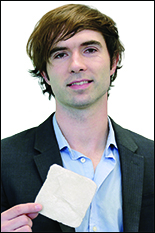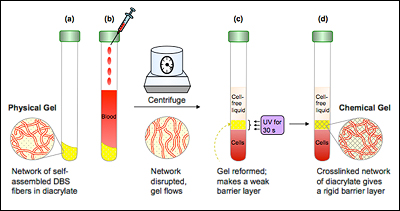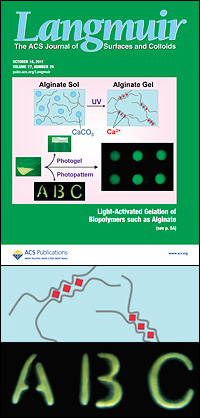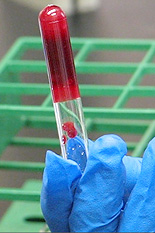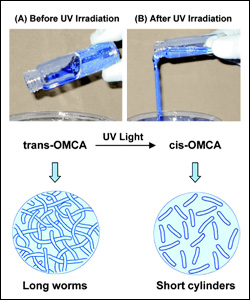News Story
"Nano-Velcro" Wins Outstanding Invention of the Year
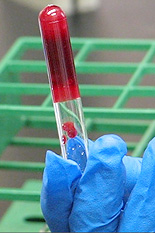
Seconds after the "nano-velcro" was added to this phial of blood, it gelled into a solid mass.
Nano-Velcro is capable of providing nearly immediate, lasting, and cost-effective hemorrhage control for wounds ranging from simple cuts to surgical incisions to battlefield injuries. It is a chitosan-based material that is able to adhere to tissue in a very effective manner. The chitosan is modified with nano-"hooks" that optimize blood coagulation and tissue adhesion. The "hooks" also allow for reversible, Velcro-like interaction between chitosan and blood and tissue, strong enough to control bleeding but gentle enough to be removed from the patient without creating further damage. The use of the nano-"hooks" has led Dowling to use the the moniker "Nano-Velcro" to describe the technology. A patent application is pending.
Nano-Velcro and the startup created around it, Remedium Technologies, have in the past two years received numerous prizes and awards, as well as mass media attention.
For More Information:
Visit the Remedium Technologies web site »
Visit Professor Raghavan's Complex Fluids and Nanomaterials Group web site »
Visit the Fischell Department of Bioengineering web site »
Visit the Department of Chemical and Biomolecular Engineering web site »
Published April 8, 2009

